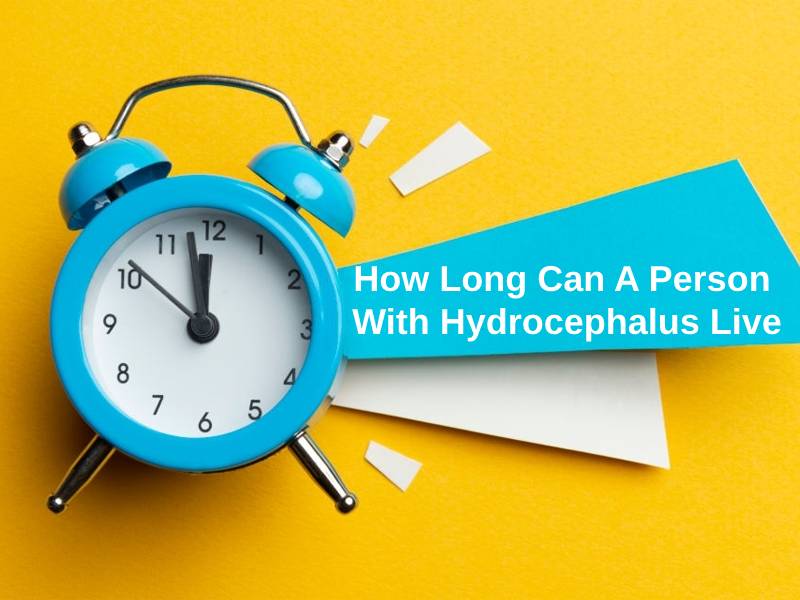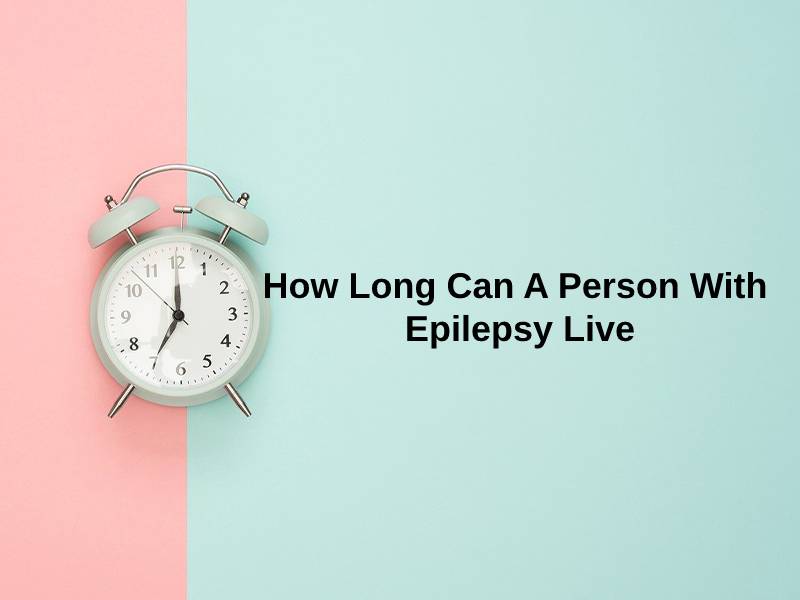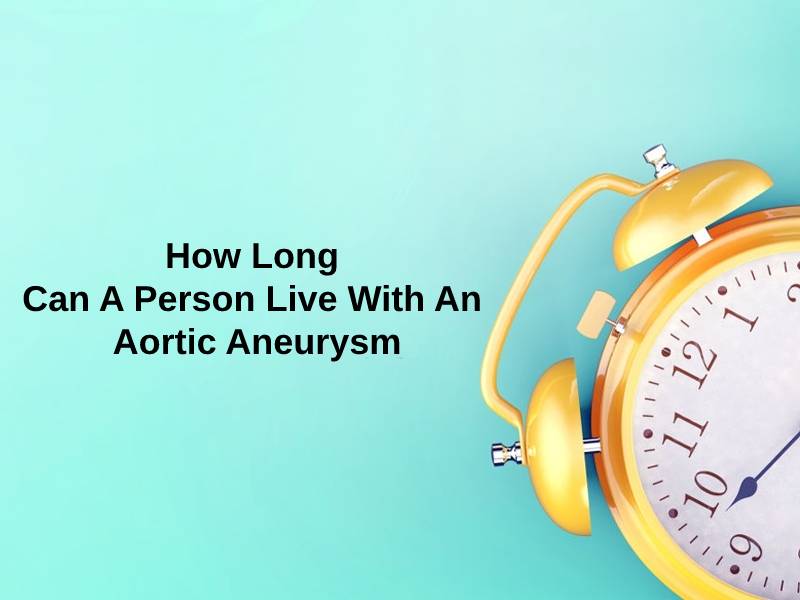Exact Answer: > 60 years (with proper treatment)
Hydrocephalus is derived from two words of the Greek language – ‘hydro’ and ‘cephalus’ . Hydro means water and cephalus mean head. This means hydrocephalus should have the meaning ‘water on the brain’. However, the disease hydrocephalus indicates a collection of excess CSF (cerebrospinal fluid) in the cavities (scientific term: ventricles) present in the recesses of the brain.
CSF is a fluid that flows through the cavities (ventricles) and bathes the brain and spinal column. The collection of fluid expands the cavities and this applies pressure on the brain, causing damage to brain tissues and problems in smooth brain function. While anyone can contract hydrocephalus, it is more found among infants and elderly people (>60 years).

How Long Can A Person With Hydrocephalus Live?
The answer to the above question depends on whether this condition is diagnosed early and treated or not. There are various types of hydrocephalus as seen in medical history – congenital hydrocephalus (a developmental disability which can be caused if the mother contracts an infection while pregnant or a defect at birth), acquired hydrocephalus (which develops after birth due to variegated reasons), communicating hydrocephalus (in which case the CSF gets blocked after leaving the cavities), non-communicating hydrocephalus (when there is an obstruction in the prior connections of brain cavities), normal pressure hydrocephalus (which is seen in the elderly above age 50) and hydrocephalus ex-vacuo (whose causes are brain trauma from injury or degeneration).
Hydrocephalus occurs when there is too much CSF putting pressure on the brain. Excess CSF can collect when a blockage forms in the ventricles, the capacity of the blood vessels in the brain to mop it up lessens or the brain produces a more than normal amount of it. When there is congenital hydrocephalus, the causes may be birth defect/ genetic abnormality/ particular infections during pregnancy.
The symptoms of this disease are different for children and adults. The following is a list of symptoms that indicate hydrocephalus in a young child or toddler:
- Change in personality
- Changes in the structure of the face
- High cries
- Irritability
- Trouble in eating
- Pain in the head
- Losing coordination
- Reduced control over bladder
- Seizures
In elderly adults (over the age of 60), the following symptoms are noticed:
- Changes in gait
- Impaired mental functions
- Loss of bladder control
- Headaches etc
If you suspect you or someone you know has hydrocephalus you must consult a doctor immediately.
| Hydrocephalus | Life expectancy |
| with treatment | normal, >60 years |
| without treatment | 3 years since diagnosis |
Why Does A Person With Hydrocephalus Live That Long?
There is an increased risk of developing hydrocephalus if there is a severe head injury, lesions /tumors along with the brain or spinal cord, bleeding in the brain, infections in the body’s nervous system, etc. Premature birth, problems during pregnancy, and problems with fetal development may increase the risk of hydrocephalus in children.
If left untreated, hydrocephalus can be fatal to the patient. Therefore, it is necessary to get treatment as soon as possible. It is important to note that treatment of hydrocephalus, unfortunately, cannot reverse the brain damage already done, but is aimed at preventing further damage.
This means that the most important step would be to restore the normal flow of CSF. In one type of treatment, the doctor will surgically insert a shunt into the patient’s brain. A shunt is a kind of drainage system which transfers the excess CSF from the brain to the chest or abdominal cavity where it can be easily accommodated. Such a shunt implant is put in for the entire duration of a patient’s life and must be checked regularly.
Another alternative treatment is a procedure called ventriculostomy. This procedure involves drilling a hole at the lower side of a cavity or in between two cavities, allowing CSF to safely flow out from the brain. The doctor may prescribe any of the above treatments, or some other procedure, according to the type of hydrocephalus and other factors involved in the patient’s particular situation.
The amount of damage sustained by the brain before treatment may require different kinds of therapy for the patient to be able to adjust their lifestyle accordingly.
Conclusion
There is a wide difference in how hydrocephalus will affect a patient depending on their unique circumstances. But you can depend on your doctor’s outlook on living a life adjusted to be as comfortable and accessible as possible. There is no possible way to prevent hydrocephalus.
However, it is possible to lower the risk of developing this condition. Women should ensure they receive prenatal care to reduce the risk of premature birth. Getting vaccinated also reduces the risk of illnesses connected with hydrocephalus. Ensure your head is protected by safety gear like helmets when riding bikes etc.





















It’s a relief to understand the different treatment options available for hydrocephalus. Knowledge is power.
Absolutely, it’s clear that early diagnosis and treatment are critical in managing this condition.
This article provides a comprehensive overview of hydrocephalus and the necessity of prompt treatment. Knowledge is crucial when it comes to this condition.
Absolutely, the importance of early diagnosis and treatment cannot be emphasized enough.
The significance of understanding hydrocephalus and its treatment options is highlighted well in this article.
What an informative article! I had no idea about the different types of hydrocephalus and their causes. This is really helpful.
I completely agree. I feel much more knowledgeable about hydrocephalus now.
Thank you for breaking down the symptoms for different age groups, this is valuable information.
The explanation of the different types of hydrocephalus treatment is quite enlightening. It’s helpful to understand the available options for managing this condition.
Absolutely, the management of hydrocephalus benefits greatly from understanding the treatment alternatives.
The article effectively communicates the importance of early intervention and treatment for hydrocephalus.
The differentiation of hydrocephalus symptoms in children and elderly is quite enlightening. It’s fascinating how the condition manifests differently across age groups.
Agreed, this was an incredibly insightful read.
I had no idea about the life expectancy differences with and without treatment for hydrocephalus. This is eye-opening.
It’s unfortunate that hydrocephalus can be fatal if left untreated. The treatment options mentioned here are quite interesting.
I agree, it’s great to know that there are ways to manage the condition and prevent further damage.
The breakdown of the causes and risk factors was very informative. It provides a clearer understanding of hydrocephalus and its impact.
I agree, it’s valuable to know about the underlying factors that can lead to hydrocephalus.
The explanation of the different types of hydrocephalus and the risk factors are quite concerning. This is important information to be aware of.
This article does a great job explaining the treatment options for hydrocephalus. It helps to understand the available paths forward.
The breakdown of treatment procedures sheds light on the management of hydrocephalus.
I agree, having knowledge of the treatment alternatives is reassuring for those affected by hydrocephalus.